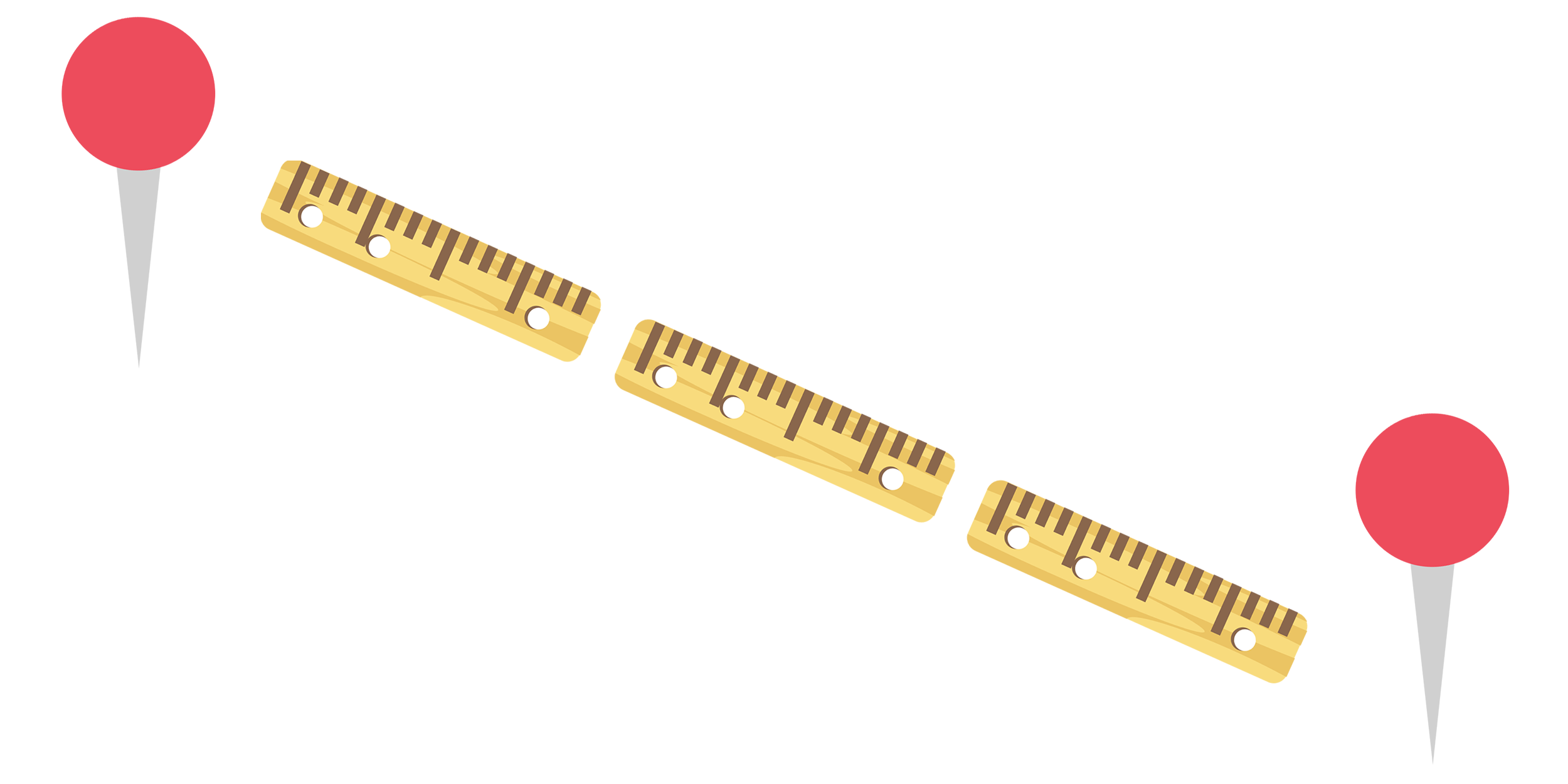
Everyone reading this post must be concerned about how to master English, or at least ways to improve your ability. In general, you should combine every single aspect harmoniously, namely four core skills, vocabulary, etc. instead of learning a particular thing so that your skills can all be uniform. And, of course, you cannot get better without grammar, which plays a very important role to help you achieve proficiency. Therefore, in today’s lesson, we will talk about grammar, particularly two of the most common prepositions: ‘to’ and ‘for.
Do you ever get confused about when to use ‘to’ and when to use ‘for’? I think the majority of the answers is a nod, especially if you are not a native speaker. If you find yourself in the same situation, you definitely do not want to miss this post, which will help you distinguish between how and when to use them.
We’ll start off by going through three cases where both ‘for’ and ‘to’ can be used in different ways. Then, we will go on to discuss six situations where you can use ‘to’ and six other situations where you can use ‘for’. And hopefully you’ll
finish the video knowing much more about ‘to’ and ‘for’ and feeling much more confident when speaking.
Now we will let you know that here we are referring to ‘to’ and ‘for’ as prepositions but in some of these cases, they are not considered prepositions but for simplicity we’re going to treat them as if they were. We don’t want to get too grammatical with you because we know for a fact that it would add nothing to the lesson.
Our main aim is that you can learn English comfortably and effectively at the same time. So, are you ready to start? Let’s go!
A phrase that I hear rather a lot, rather too much actually is “I moved to London for to learn English”.
Now some of you may know that the above sentence is not right, and we would like to help you there. So they next point is for to learn. Many, many students tend to use ‘for’ with the infinitive and this is completely wrong. This is something you have to completely delete from your brain if you want to acquire standard English. Forget it, never use it again because it doesn’t exist in English.
So today we are going to elaborate on when and how to use ‘to’ and when and how to use ‘for’. Okay, so when we are expressing reason, we can use both ‘for’ and ‘to’. So lets talk about going to supermarket. Compare these sentences:
- I went to the supermarket to buy apples.
- I went to the supermarket for apples.
So the biggest difference here is that in the first example, ‘to’ refers to the action. We’re using a verb. In the second example ‘for’ refers to the noun, apples. For apples or to buy apples, okay? So both can be used. So now we’ve got a question for you.
I moved to London … learn English. Would it be ‘for’ or would it be ‘to’? Well learn is a verb. So it would of course be ‘to’. Again, never use an infinitive after the preposition ‘for’.
Okay, now on to the next one which is ever so slightly more complicated. And this is all about
indicating a recipient. A recipient is someone
who receives something. Here are the examples:
- I made a cake for Felicity.
- I gave the cake to Felicity.
- Felicity sold it to Ellie.
With made we use ‘for’ but with gave and sold we use ‘to’. And that’s because these verbs show movement or a transfer of something from one place to another or one person to another. So
- I gave the cake to Felicity.
- I passed it from me to her but originally I made it for her.
I created it for her, there’s no movement in this verb. Okay now onto expressing intention. And this is another situation in which both ‘for’ and ‘to’ can be used but in different ways. Now pay attention to these sentences:
- I asked her to give me the keys.
- I asked her for the keys.
Much like the first one ‘for’ goes with the noun and ‘to’ goes with the verb. It’s really quite simple. I asked someone to do something or I asked someone for something.
Okay so here we’ve got some general situations where we use ‘to’ and not ‘for’. Now these aren’t fixed rules. We don’t have many fixed rules in English but this should help you to be able to communicate more efficiently.
I. TO
1.Motive/ reason
So the first one, one that we’ve already discussed, motive or reason with a verb.
- I came here to talk to you.
Talk is the verb so we use ‘to’.
2. Telling the time
We can also use ‘to’ when telling the time.
- Lets meet at ten to nine.
Ten ta nine, when you say it, you say /tə/ instead of /tu/ as usual. So, ten ta nine means 8:50. On the contrary, ten past nine means 9:10.
3.Distance
Another way to use ‘to’ is to talk about distance.
- It is about 10 kilometres from my house to yours.
- It’s about 10 kilometres from my house to your house.
So, from somewhere to somewhere.

It is important to keep your distance with others during the outbreak of the coronavirus!
4.Comparing.
- I prefer apples to oranges.
- I prefer apples ta oranges.
This is a fixed expression. You always say prefer (doing) something to (doing) something. Many students tend to mistake it for prefer something than something, but this is not the case.
One more note: to here to pronounced /tə/, not /tu/. This is another mistake that non native speakers tend to make.
5. Destination.
- We are going to France.
- I will go to the supermarket tomorrow.
Can you name all the famous destinations that you’ve been to?
6. Transferring
And the one we looked at before, transferring, so to give, to send, to sell among many other options.
- I sent it to her yesterday.
Remember, /tə/ her yesterday.
II.FOR
Okay, now we have six situations where you should use ‘for’ rather than ‘to’. Again not strict rules, just indications that will help you improve your communication in English.
1.Beneficial or detrimental
So the first one is if something is beneficial or detrimental. This means if something is good for you or bad for you.
Consult these samples:
- Drinking water is good for you.
- Drinking too much wine is bad for you.
If you want to level up your vocabulary, you can use ‘beneficial’ in place of ‘good’, and ‘detrimental’ in place of ‘bad. However, be careful because the prepositions must be ‘to’ instead of ‘for’.
A moderate amount of wine can be good for you!
2.Periods of time
And then we have periods of time.
- I lived in Spain for a couple of years.
- She will stay at my house for several weeks.
3.Schedules and arrangements
Then we have schedules and arrangements.
- I’ve made an appoint for the the fourth of May.
Now this is important. You say the fourth of May, but you have to write it 4th May. No one says “I’ve made an appointment for fourth May”. Remember: the fourth of May.
Americans would say May fourth but in Britain, people say the fourth of May.

It is advisable to stick to your schedules!
4.Motive or reason
The next usage of ‘for’ is to express motive or reason with a noun. We’ve discussed this at the beginning
of the lesson.
- I went to the shop for milk.
- She went to the bakery for some donuts.
5.Doing something to help someone
Then we have doing something to help someone. So:
- Can I carry that for you?
Then we have function with an i-n-g verb. So:
- A spoon is used for eating
- Wine is made for drinking.

We are here to point out the differences for you!
Thank you for reading our post. We hope its helped you understand a little more about how to use ‘to’ and ‘for’. They are among the most common prepositions in English, so make sure you know how to use them. Only by grasping the basics can you move up to higher levels, so never think that these two words are unnecessary.
Remember to visit us the next time! Stay tuned, and good luck!





I wanna sign up in your program